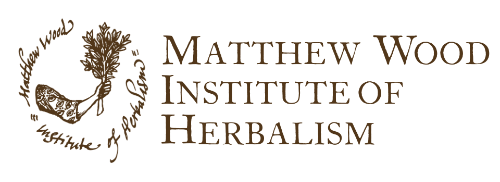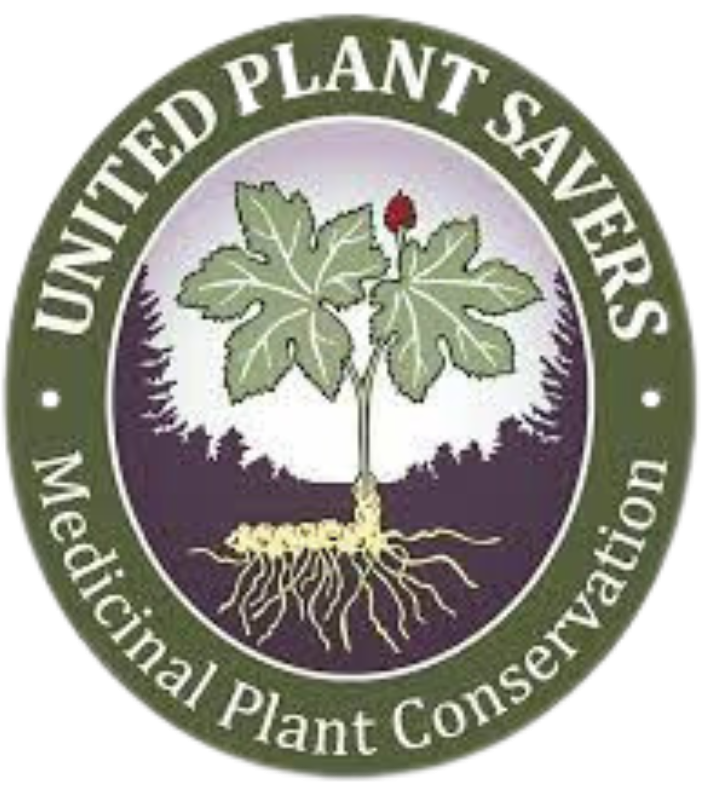Jump to Recipe
Garlic Mustard (Alliaria petiolate) is an underrated weed that has become invasive because people don’t use it as a spring food like they used to when it was brought to this country in the mid-1800s.
Garlic Mustard is an early spring green that pops up on roadsides in upland forests, or on the edge of forests; it gets this name because when the leaves are crushed it smells like garlic and the young leaves have a mild garlic flavor. Some of the other names that it is known by are Poor Man’s Mustard, Hedge Garlic, Garlic Root, and Jack-by-the-Hedge. It was introduced from Europe in the mid-1800s in New York to be used as a food source.
Garlic Mustard is a biennial plant that in its first year produces a tight rosette of heart-shaped leaves that are slightly toothed. In its second year, it grows 1-4 feet tall, has larger heart-shaped leaves at the base. The leaves grow alternatingly up the stem and grow more triangular and serrated in nature. The flowers are typical of those in the mustard family, small and four-petaled in a cross shape, the plant spreads by seeds.
It is considered an invasive plant in most states where it thrives, it is usually managed by hand pulling for several years in a row or with herbicide use. This is a perfect plant to wildcraft and eat because you will not only get a highly nutritious meal you will also be helping to reduce its spread and help native understory plants survive in its place.
When harvesting, pick only the young leaves which have a mild garlic/onion flavor when lightly sauteed. I add it to stir fry, quiches, chili, and anything where I want to add an extra burst of nutrition and garlic flavor. I have also taken leaves and frozen them in ice cube trays with some water to make sure I have a fresh supply of them through the year.
It has been used medicinally to clear phlegm and dampness. As with all early spring greens, start slowly with adding it to your diet because it may cause mild diarrhea as the body cleans out winter stagnation and mucus.
Garlic Mustard is an early spring green that pops up on roadsides in upland forests, or on the edge of forests; it gets this name because when the leaves are crushed it smells like garlic and the young leaves have a mild garlic flavor. Some of the other names that it is known by are Poor Man’s Mustard, Hedge Garlic, Garlic Root, and Jack-by-the-Hedge. It was introduced from Europe in the mid-1800s in New York to be used as a food source.
Garlic Mustard is a biennial plant that in its first year produces a tight rosette of heart-shaped leaves that are slightly toothed. In its second year, it grows 1-4 feet tall, has larger heart-shaped leaves at the base. The leaves grow alternatingly up the stem and grow more triangular and serrated in nature. The flowers are typical of those in the mustard family, small and four-petaled in a cross shape, the plant spreads by seeds.
It is considered an invasive plant in most states where it thrives, it is usually managed by hand pulling for several years in a row or with herbicide use. This is a perfect plant to wildcraft and eat because you will not only get a highly nutritious meal you will also be helping to reduce its spread and help native understory plants survive in its place.
When harvesting, pick only the young leaves which have a mild garlic/onion flavor when lightly sauteed. I add it to stir fry, quiches, chili, and anything where I want to add an extra burst of nutrition and garlic flavor. I have also taken leaves and frozen them in ice cube trays with some water to make sure I have a fresh supply of them through the year.
It has been used medicinally to clear phlegm and dampness. As with all early spring greens, start slowly with adding it to your diet because it may cause mild diarrhea as the body cleans out winter stagnation and mucus.
Garlic Mustard Stir Fry
As always make sure to forage for plants away from roads and pollution as much as possible. Never overharvest any plant, as they are of course not only here for our enjoyment, but also here for the insects, bees, and birds. Have fun out there!
**Permissions**
You’re welcome to share this blog post on social media and link back to it—please do! All images, photos, and written content are the creative property of the author and used with permission. If you’d like to reproduce or distribute any part of this content beyond social sharing, written permission is required.
**Disclaimer**
The information provided in this digital content is for educational purposes only and is not intended as medical advice, diagnosis, or treatment. It should not be used as a substitute for consultation with a qualified healthcare professional. Always consult a licensed healthcare provider before making any changes to your health regimen, especially if you are pregnant, nursing, taking medications, or have a diagnosed medical condition.
Matthew Wood, the Matthew Wood Institute of Herbalism, Earth to Stars Productions, and their employees, guests, affiliates, and collaborators assume no liability for the use or misuse of any information presented. The application of any material is solely the responsibility of the reader or participant.
Any descriptions of herbal or natural products, remedies, or techniques are for informational purposes only. These statements have not been evaluated by the Food and Drug Administration (FDA). This content is not intended to diagnose, treat, cure, or prevent any disease.
Participation in educational programs or use of this material does not confer certification, licensure, or professional qualification in herbal medicine or any healthcare field. Results or experiences described may vary and are not guaranteed.
This disclaimer shall be governed by and construed in accordance with the laws of Minnesota, USA, without regard to conflict of law principles.


